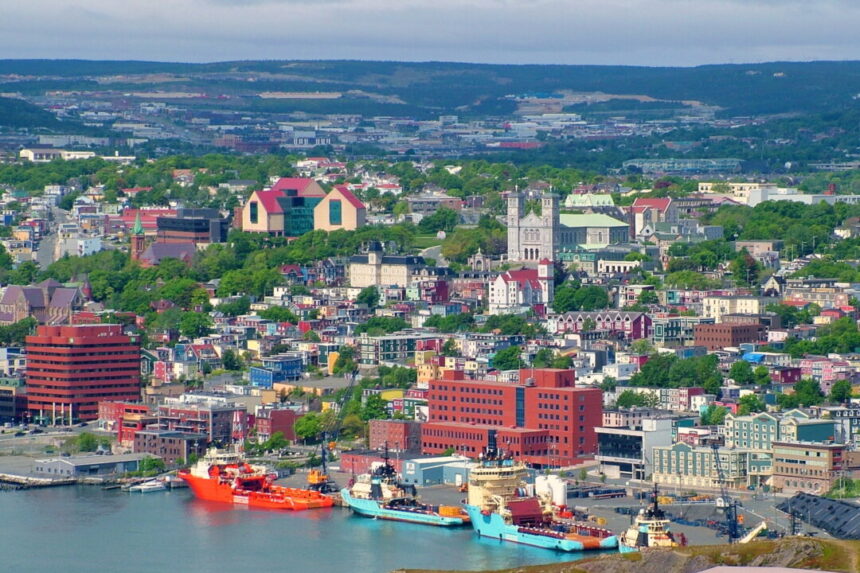Commentary
England was a late participant in the European scramble for territory in the New World. Though explorers such as John and Sebastian Cabot and plunderers like Sir Francis Drake had sailed ships to North and South America, England, unlike Spain, Portugal, and France, had made no attempt to colonize the Western Hemisphere.
English colonial efforts had enough trouble on their hands in planting settlements in Ireland, and what had remained unclaimed by other nations seemed cold and unappealing with no prospect of the treasures that were flowing out of Mexico, Bolivia, and Peru. In France, they still spoke sneeringly of the fool’s gold and quartz that the Cartier expedition of 1541 had brought back, thinking them precious ores. “Faux comme les diamants du Canada” (“As false as Canadian diamonds”), was a common catchphrase.
In 1578, Gilbert led an abortive expedition to North America; its purpose was “to annoy the King of Spain by fitting out a fleet of shippes of war under pretence of a voyage of discovery, and so fall upon the enemies shippes and destroy his trade in Newfoundland and the West Indies, and possess the country.” It was a costly failure, but Gilbert was undaunted.

On Aug. 5, 1583, Sir Humphrey returned to Newfoundland. He came ashore at the place they called St. John’s and claimed the territory for England by placing a marker there and cutting some turf. He noted the presence of many foreign fishing vessels and levied a tax on them in the name of the crown. Lacking sufficient supplies to winter over, however, Gilbert made no attempt at establishing a permanent colony.
On his return voyage to England, his ship, the Squirrel, encountered heavy seas off the Azores. Crewmen aboard a companion vessel, the Golden Hind (the same name as the ship Francis Drake had used a few years before to circumnavigate the globe), saw Gilbert on deck shouting, “We are as close to heaven by sea as by land.” Shortly after, the Squirrel sank with all hands lost. With it died immediate interest in what was, on paper at least, England’s first North American colony.
St. John’s, however, was not lost. The richness of the Grand Banks fishery kept luring ships to the splendid harbor and gradually a year-round town emerged, making it the oldest city in Canada. Wharves, warehouses, naval provisioning, and fish processing sprang up along the shoreline. In 1610, the English government appointed governors to rule what was there and expand the economy of the territory.
English hold on the area did not go unchallenged, however. The value of the fishery and the usefulness of St. John’s Harbor made the town a target during the many European wars of the 17th and 18th centuries. The French would attempt to establish their own colony elsewhere in Newfoundland, and in 1692 they captured St. John’s and burned it to the ground. In 1796, amid yet another war, the French returned with allied Spanish ships and destroyed other settlements on the coast of Newfoundland.
The Napoleonic Wars of the early 19th century saw a boom in the price of salt fish that the colony provided, making the area attractive to settlers. Thousands of Irish immigrants arrived, swelling the population of St. John’s. In 1854, the system of responsible government that England was granting to its Canadian colonies was established in Newfoundland, making it largely a self-governing entity.
Colonial status ended in 1907 when Newfoundland, like Canada, Australia, and New Zealand, became a Dominion of the British Empire. In 1949, Newfoundlanders abandoned any independent future and threw their lot in with the Confederation, making it the 10th Canadian province.
Views expressed in this article are opinions of the author and do not necessarily reflect the views of The Epoch Times.
Can you please rewrite this sentence?
Source link







